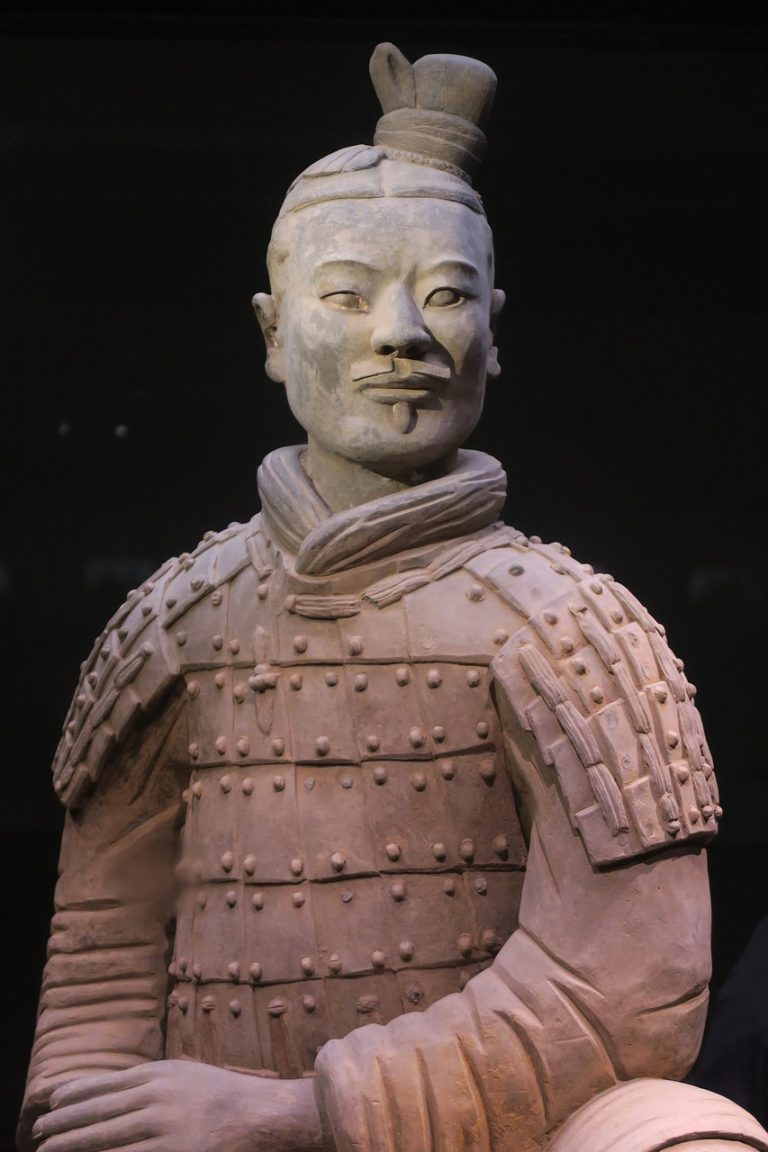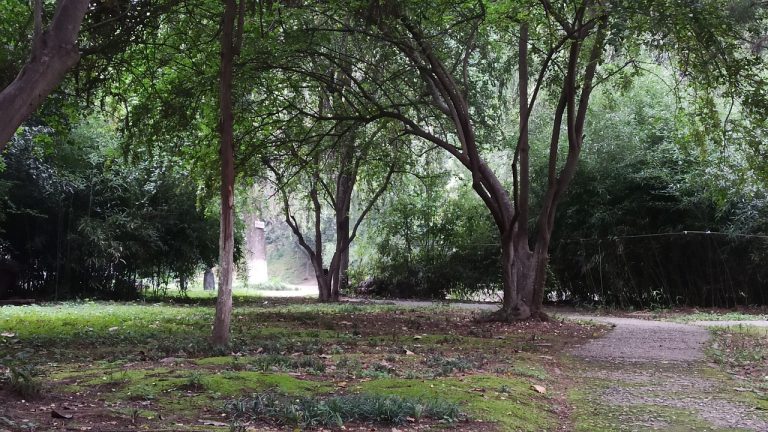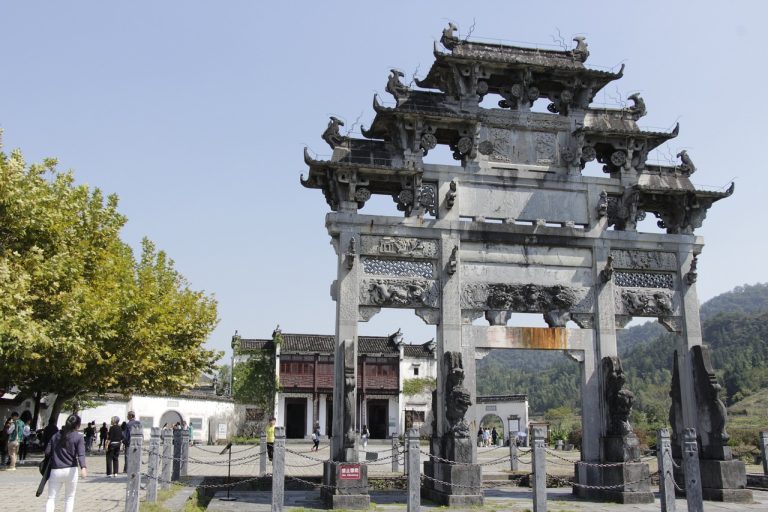Xi’an China Video
Historical Landmarks of Xi’an China: A Deep Dive
Xi’an, located in the central-northwest region of China, is a city steeped in history and culture. With a history spanning over 3,000 years, Xi’an served as the capital for numerous dynasties and played a crucial role in shaping China’s rich heritage. This article will take you on a deep dive into the historical landmarks of Xi’an, showcasing its architectural wonders, ancient relics, and cultural significance.
The Terracotta Army
The Terracotta Army is one of the most iconic archaeological discoveries in the world. Discovered in 1974, this vast collection of life-sized terracotta sculptures was built to accompany the first emperor of China, Qin Shi Huang, in the afterlife. The army consists of more than 8,000 soldiers, 130 chariots, and 670 horses, each with unique facial expressions and intricate details. This awe-inspiring site provides valuable insights into the military, artistic, and technological achievements of the Qin Dynasty. Keywords: Terracotta Army, Qin Shi Huang, archaeological discovery.
- The Terracotta Army is believed to have been buried around 210 BCE.
- Each soldier is life-sized and individually crafted with different hairstyles, uniforms, and weaponry.
- Archaeologists continue to excavate and restore the site, uncovering new discoveries and preserving its historical significance.
The City Wall
Xi’an’s City Wall is one of the best-preserved ancient city walls in China and offers a glimpse into the city’s past. Originally built during the Ming Dynasty, the wall stretches over 13.7 kilometers and stands at an impressive height of 12 meters. Walking or cycling along the wall provides panoramic views of the city and allows visitors to appreciate the architectural grandeur and strategic importance of this defensive structure. Keywords: City Wall, Ming Dynasty, ancient city walls.
- The City Wall has four main gates, each facing a different direction: Changle Gate, Yongning Gate, Anding Gate, and Anyuan Gate.
- There are watchtowers and battlements along the wall, providing vantage points and defensive positions.
- Visitors can rent bicycles to explore the entire circumference of the City Wall, making it a popular activity for tourists.
Xi’an China Image 1: 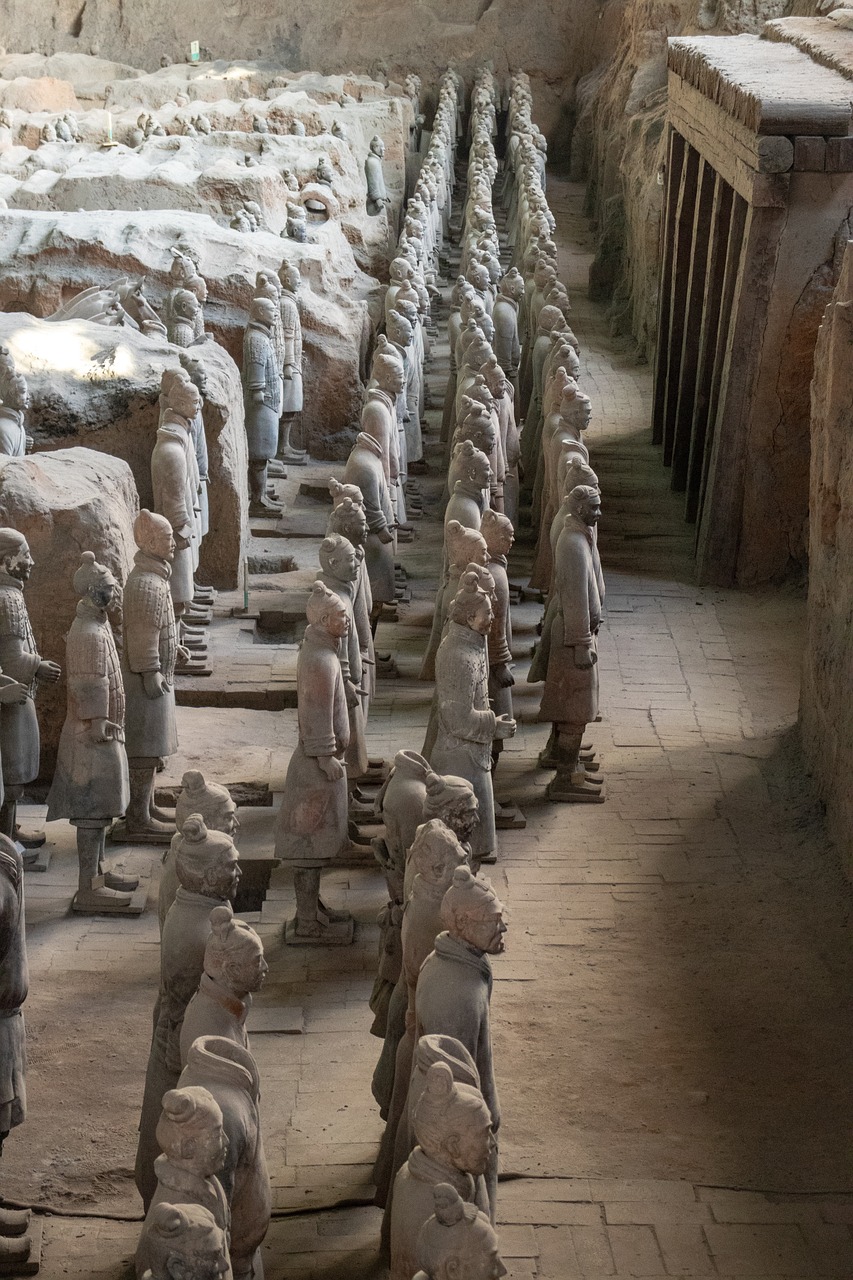
The Shaanxi History Museum
For those interested in delving deeper into Xi’an’s rich history, the Shaanxi History Museum is a must-visit. Located near the Big Wild Goose Pagoda, this museum houses a vast collection of artifacts spanning thousands of years. The exhibits cover various dynasties, including the Zhou, Qin, Han, and Tang, showcasing ancient pottery, bronze ware, calligraphy, and exquisite Tang Dynasty murals. Keywords: Shaanxi History Museum, ancient artifacts, Tang Dynasty murals.
- The museum’s architecture is inspired by Tang Dynasty style, with a central hall resembling an ancient palace.
- Visitors can explore the museum’s extensive collection, which includes over 370,000 cultural relics.
- Highlights of the museum include the famous Tang Dynasty murals depicting scenes of daily life and court ceremonies.
The Big Wild Goose Pagoda
The Big Wild Goose Pagoda, also known as Dayan Pagoda, is a Buddhist pagoda that stands as a symbol of Xi’an’s religious heritage. Built during the Tang Dynasty, it was originally used to house Buddhist scriptures brought from India by the monk Xuanzang. The pagoda stands at a height of 64 meters and offers a panoramic view of the city from its top. Keywords: Big Wild Goose Pagoda, Dayan Pagoda, Tang Dynasty.
- The pagoda has undergone several renovations and expansions over the centuries, with the current structure dating back to the Ming Dynasty.
- Visitors can climb the pagoda’s multiple levels, each offering a different perspective of the surroundings.
- The pagoda is surrounded by a scenic park, making it a serene and peaceful destination for locals and tourists alike.
Xi’an China Image 2: 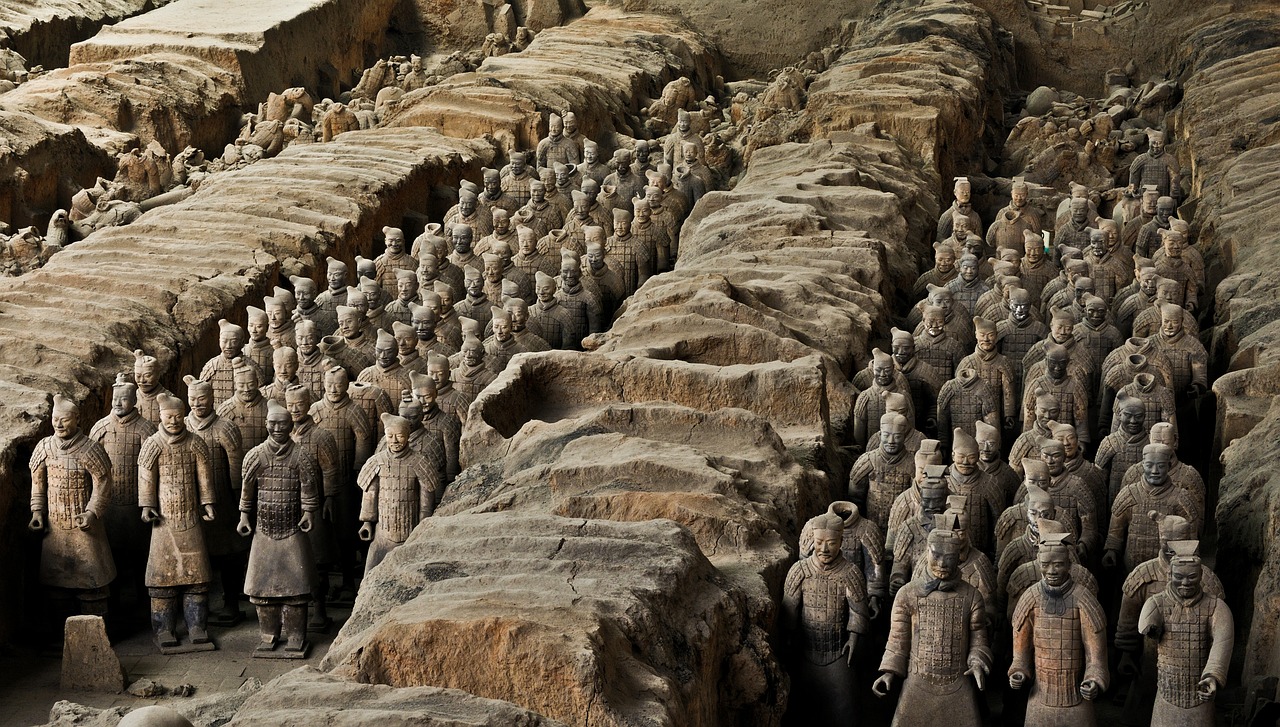
The Muslim Quarter
Xi’an’s Muslim Quarter is a vibrant and bustling neighborhood that reflects the city’s multicultural history. With a history dating back to the Tang Dynasty, this area is home to a large Muslim community and is renowned for its delicious street food and vibrant markets. Visitors can explore the narrow alleyways, visit the Great Mosque, and indulge in local delicacies such as lamb kebabs and roujiamo (Chinese hamburger). Keywords: Muslim Quarter, Tang Dynasty, multicultural neighborhood.
- The Great Mosque, located in the Muslim Quarter, is one of the oldest and largest mosques in China.
- The streets of the Muslim Quarter are lined with food stalls, offering a wide variety of local snacks and traditional Muslim dishes.
- The bustling markets are an excellent place to shop for souvenirs, handicrafts, and unique local products.
The Small Wild Goose Pagoda
The Small Wild Goose Pagoda, also known as Xiaoyan Pagoda, is another significant Buddhist pagoda in Xi’an. Built during the Tang Dynasty, it is part of the Jianfu Temple complex and stands at a height of 43 meters. The pagoda’s elegant architecture and intricate carvings make it a remarkable example of Tang Dynasty craftsmanship. Keywords: Small Wild Goose Pagoda, Xiaoyan Pagoda, Tang Dynasty.
- The pagoda’s name, “Small Wild Goose,” is derived from its resemblance to the larger Big Wild Goose Pagoda.
- The pagoda’s seven-story structure features delicate brickwork and intricate Buddhist sculptures.
- Visitors can explore the surrounding temple grounds, which provide a tranquil escape from the bustling city.
The Bell Tower and Drum Tower
The Bell Tower and Drum Tower are iconic landmarks in the heart of Xi’an. Built during the Ming Dynasty, these structures served as timekeeping devices and were important symbols of the city’s governance and defense. The Bell Tower houses a large iron bell that was rung to mark the time, while the Drum Tower features a collection of ancient drums. Keywords: Bell Tower, Drum Tower, Ming Dynasty.
- The Bell Tower and Drum Tower are connected by the historic Drum and Bell Tower Square.
- Visitors can climb to the top of the towers for panoramic views of the city and enjoy cultural performances.
- The towers are beautifully illuminated at night, creating a captivating sight for visitors.
Xi’an China Image 3: 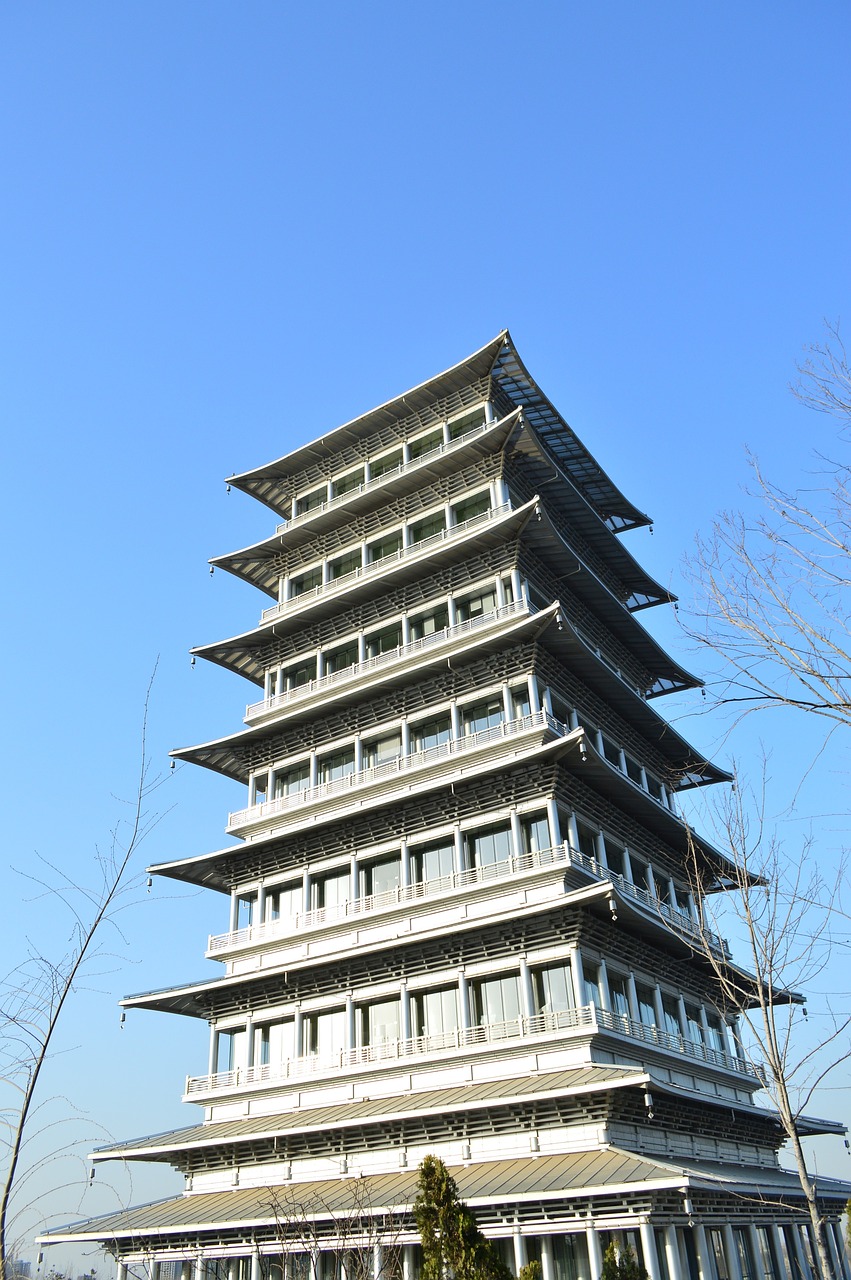
The Great Mosque
The Great Mosque of Xi’an is one of the most significant Islamic sites in China and showcases a unique blend of Chinese and Islamic architectural styles. Built during the Tang Dynasty, the mosque covers an area of over 12,000 square meters and features beautifully landscaped gardens, prayer halls, and traditional Chinese pavilions. Keywords: Great Mosque, Tang Dynasty, Islamic architecture.
- The mosque’s design incorporates traditional Chinese elements, such as courtyards and pavilions, with Islamic features.
- The prayer hall, adorned with intricate calligraphy and decorative motifs, is a place of worship for the local Muslim community.
- The tranquil gardens surrounding the mosque provide a peaceful oasis in the heart of the city.
The Huaqing Palace
The Huaqing Palace, also known as Huaqing Hot Springs, is a historical site located at the foot of Mount Li, approximately 30 kilometers east of Xi’an. It served as a royal retreat for emperors throughout various dynasties, including the Tang Dynasty. The palace complex features beautifully landscaped gardens, pavilions, and hot spring baths. Keywords: Huaqing Palace, Huaqing Hot Springs, Tang Dynasty.
- The palace is famous for its association with the love story of Emperor Xuanzong and his concubine Yang Guifei.
- The hot springs were believed to have healing properties and were a popular destination for relaxation and rejuvenation.
- Visitors can explore the palace grounds and admire the stunning architecture amidst the natural beauty of the surrounding mountains.
The Banpo Museum
The Banpo Museum provides a fascinating glimpse into the Neolithic era and the ancient Yangshao culture. Located on the outskirts of Xi’an, this archaeological site showcases the remains of a prehistoric village dating back more than 6,000 years. Visitors can explore reconstructed dwellings, see ancient artifacts, and learn about the daily lives and cultural practices of the Yangshao people. Keywords: Banpo Museum, Neolithic era, Yangshao culture.
- The museum’s exhibits include pottery, tools, and bone artifacts, providing insights into early agricultural practices and social structures.
- Visitors can witness demonstrations of ancient techniques, such as pottery making and weaving.
- The site offers a comprehensive understanding of the region’s prehistoric past and the development of early human civilization.
References:
- chinahighlights.com
- travelchinaguide.com
- whc.unesco.org
- shaanxichina.com
- xi-an-china.com



